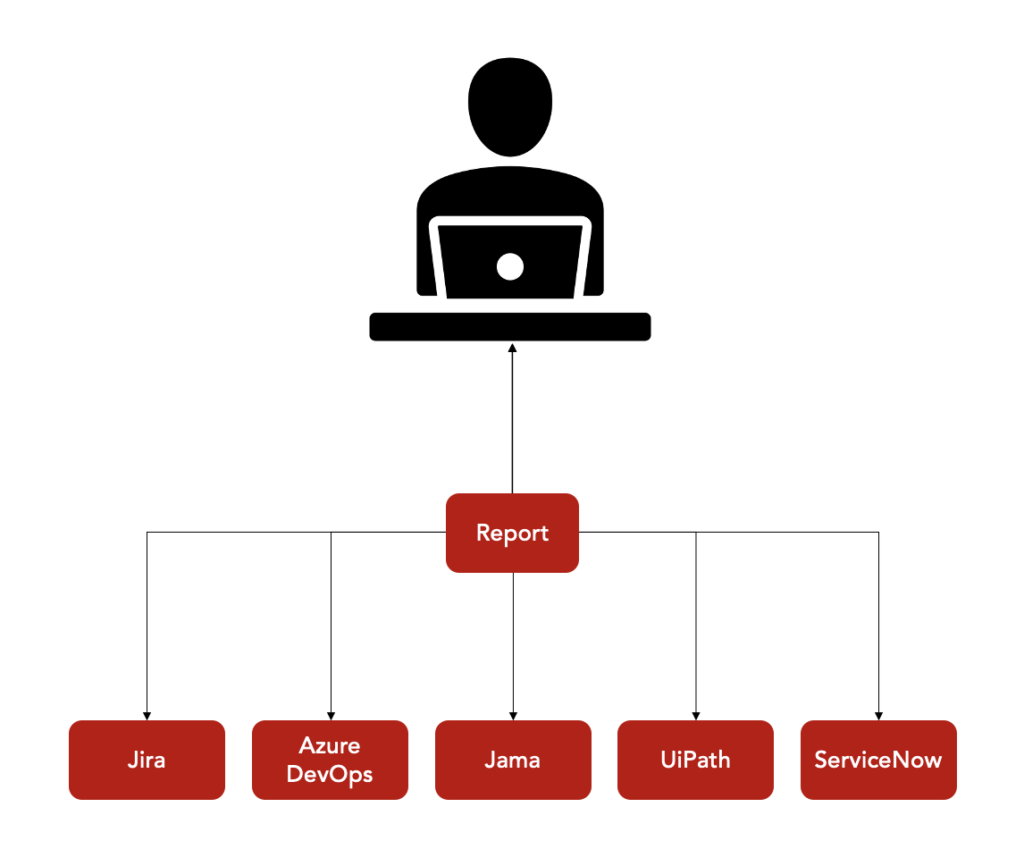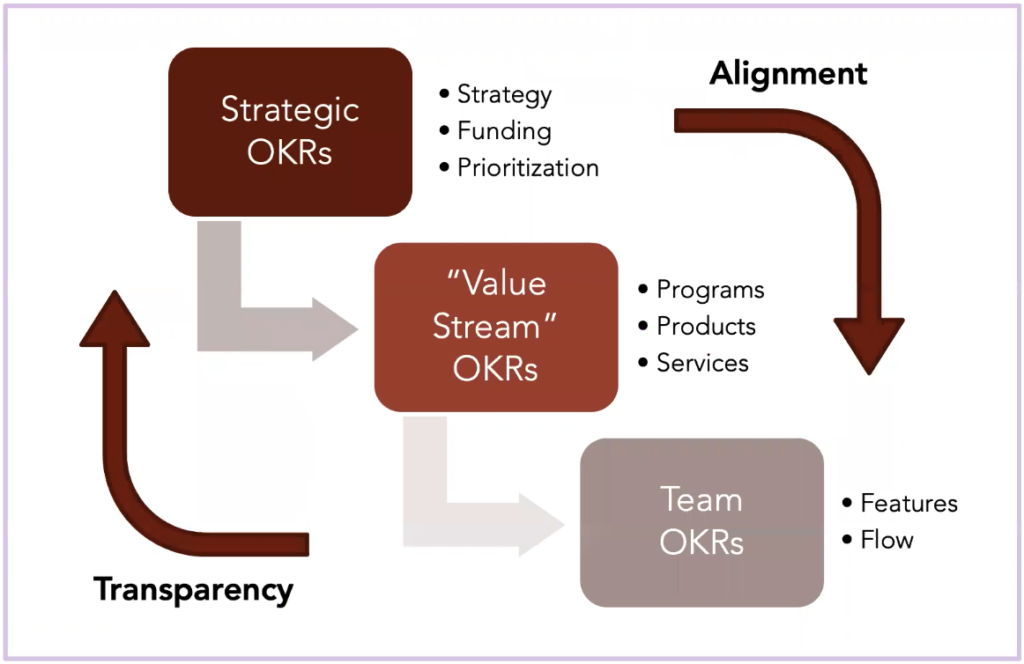
Left, right, and center, traditional organizations are replacing Waterfall project management with Agile planning. Fixed budgets, quarterly releases, and annual planning cycles – the trappings of Waterfall project management style – are becoming a thing of the past, replaced with long-lived, flexibly funded value streams, which release bi-weekly. In essence, software offerings are now treated as products, not projects.
Although the shift from project to product is necessary to adapt and compete in a continually changing market, many a portfolio management office (PMO) has resisted the change, fearing it would be rendered obsolete. Fortunately for the PMO, this is not the case. Most companies have found that they still need portfolio management to help turn strategic objectives into tangible execution plans and ensure the targeted outcomes are being achieved.
In a recent Webinar, Planview’s Marcus Klein, Group VP of Product Management, and Naomi Lurie, VP Product Marketing, talked about how PMOs are evolving. With the right mindset, visibility, and insights, PMOs can prove valuable partners to the business, creating value that directly supports business strategy.
One of the key takeaways of the webinar is that the PMO’s raison d’être is to align the activities of the delivery organization with the strategic goals of the business. This is a continuous process because, as markets shift, priorities need to be adjusted accordingly. Since decision-making is decentralized in Agile companies, PMOs need seamless communication and effective collaboration with the delivery organization.
Here are three tips to improve collaboration between the PMO and delivery organization.
1. Tool integration and data hygiene
Over the past decade, there has been an explosion in the number of tools software organizations use, and with so many repositories of information, it’s more difficult than ever to keep everyone on the same page. Furthermore, it’s challenging to get timely, holistic visibility into initiatives, financials, resources, and risk across all systems, teams, and tools when each tool produces different metrics and organizes data differently.
Some organizations try to combat the proliferation of tools by consolidating work into fewer, less specialized tools. However, they face opposition from workers, who naturally prefer to use the tool best suited to their role and expertise. Quality assurance workers, for example, will not want to work in a tool that is designed for developers, while developers will not want to write code in a tool that wasn’t designed expressly for that purpose.
To knit together a heterogeneous toolchain, many organizations use a purpose-built integration platform to synchronize data between tools. Automated data synchronization allows the PMO to quickly check on the status of work without switching tools or interrupting developers. In this way, a lot of time can be saved, and miscommunications averted.
Integration platforms should also be able to normalize data, so that information from multiple tools can be aggregated into a single report. Having a complete view of what’s happening across all functional areas will enable the PMO to make better decisions regarding the future objectives of each value stream and of the portfolio.

2. Connecting OKRs from portfolios to value streams to teams
With the widespread adoption of Agile, organizational structures are becoming more complicated. There is a structural divide between the PMO and the decentralized Agile development organization; each has a different leader, different metrics, and sometimes different priorities. For example, the PMO may prioritize optimizing cost and utilization metrics, while the delivery organization is trying to optimize speed and quality. When departments are incentivized on their specific metrics as opposed to joint overall business outcomes, priorities won’t necessarily align, and an adversarial relationship is more likely.
The PMO and development leaders need to work together to support business strategy rather than optimizing locally at each other’s expense. One way to institutionalize a collaborative attitude is by adopting a connected approach to Objectives and Key Results (OKRs).
OKRs create alignment and engagement by centering measurable goals. Crucially, these goals (or objectives) are related to business outcomes and strategy.
Strategic objectives originate in the C-suite, and it’s the job of every department to support those objectives. When planning their OKRs, PMO and delivery leaders should talk to each other, making sure team and value stream level OKRs connect up to the high-level strategic OKRs of the PMO.

By aligning OKRs from planning through to delivery, leaders lay the foundation for a more collaborative relationship between delivery and the PMO. Moreover, by continually measuring progress and reviewing connected OKRs, organizations can see and agree on which investments are having the greatest impact on business outcomes.
3. Data-driven and predictive insights into performance and capacity
It’s the PMOs job to bring leaders’ expectations in line with reality so that leaders don’t pressure the delivery organization to bite off more than it can chew.
Currently, most PMOs make plans based on assumptions, estimates, and subjective data. Data from Planview’s upcoming Project to Product 2023 State of the Industry Report shows that business leaders overestimate the delivery capacity of IT teams tenfold.
To get a more accurate understanding of capacity, the PMO needs real-time data coming from their product portfolios. Fortunately, delivery organizations generate a wealth of quantitative data, which the PMO can harness to make better plans and predictions. Quantitative data provides the PMO with better insight into factors that impact planning: how much work has already been committed, how much unplanned work (defects, incidents, outages) is in the system, where inefficiencies and dependencies are derailing delivery, and the necessary technical debt, security, and compliance work they must address.
When data is synthesized and analyzed correctly, the PMO can even get predictive insights into emerging risks to value delivery. This visibility allows the PMO to address problems before they arise and, if necessary, make a convincing case for reprioritization.
To learn more about the evolving role of the PMO and how it can provide value in an Agile organization, watch the full webinar here.




